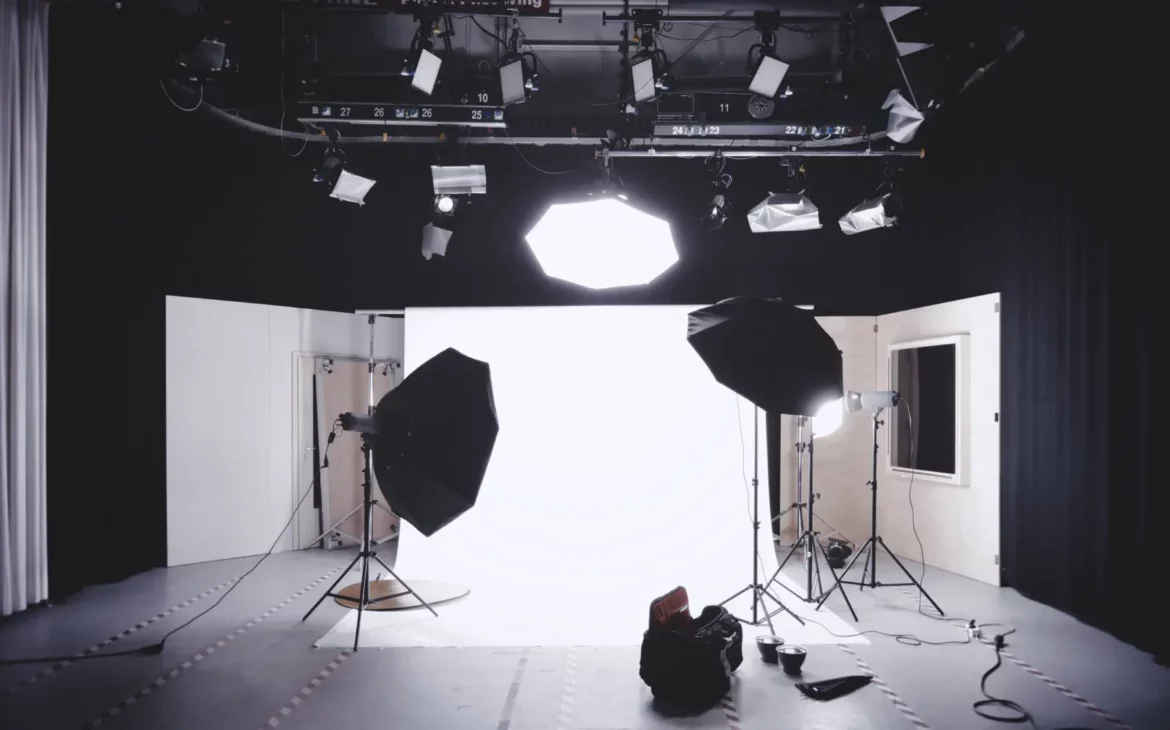When photographing jewellery pieces and designs, you need the right photography equipment. Photographing jewellery can be overwhelming, especially for new photographers. It can be challenging to find reasonably priced equipment that suits your photography skills the best and delivers the results you need.
If you’re a photographer or even a jeweller starting to get into jewellery photography, we are here to help. We have made a list of the equipment, tools, props, and accessories you need to take the best shots.

Camera – Essential Photography Equipment
A question that gets asked a lot by new jewellery photographers is, “What’s the best camera for photographing jewellery for websites and professional product images?” This question can provide a wide range of different answers. This, however, can lead to more headaches as you feel more undecided and confused as to what to buy.
However, most, if not all, DSLR cameras are acceptable for the job. One of the major concerns when deciding on jewellery photography equipment is the lighting system and the lens you’ll be using on the camera body.
The Canon EOS 70D DSLR Camera, for example, is an excellent entry-level DSLR camera for jewellery photographers. The camera is equipped with features, such as Wi-Fi, a 20-megapixel crop sensor and live picture processing channels. In addition, the camera includes a touch screen, providing a straightforward way to change the settings, which is beneficial for novices in jewellery product photography.
Smartphones can provide exceptional jewellery product photography results near-professional level to DSLR cameras, so they are an excellent photography equipment alternative. Most smartphones are equipped with Portrait or Aperture mode and different lenses, which you can use to recreate the effect of using a DSLR or mirrorless camera to separate your beaming subject from their background.
Macro Lens
Macro lenses are usually the preferred lens for close-up photography, so they are an essential piece of jewellery photography equipment. A macro lens can reproduce small subjects at up to 1.0x or 1:1 magnification at the closest focusing distance. So it’s unnecessary to be brand-conscious when deciding which macro lens to buy. However, don’t forget to consider the following factors:
- Focal Length – Focal length is the angle of view and the magnification. For instance, how wide or narrow a scene is to capture and how small or large the subject will appear in the frame. The focal length is expressed in mm. The shorter it is, the wider the angle of view produced and the smaller the subject would appear in the frame.
- Image stabilisation – The image stabilisation feature can reduce any vibration commonly caused by handheld photography, essential for preventing blurry images.
Lighting System/sources
While not necessarily photography equipment. Natural lighting is one of the most accessible sources of lighting available. It provides the distribution of light in either outdoor or indoor settings. The downsides of natural lighting are finding the perfect time to photograph the jewellery and how the weather cannot be fully controlled, like how much light comes through and the weather.
Unlike natural lighting, artificial lighting can be controlled, and as a result, it’s one of the most recommended Jewellery photography equipment to use. Artificial lighting sources commonly used include LED fixtures, single light bulbs or multiple LEDs. Make sure that all artificial light sources are of the same colour temperature. This will help create beautiful reflections on glossy surfaces and is easy to control.
Table, Jewellery Stand & Other Props

Photo By MO STUDIOS
Use appropriate jewellery stands and holders for each type of jewellery you take photographs of. For example, when photographing necklaces, use stands that complement your background and ensure that it is appropriate for the length of your subject. You can use museum putty and other jewellery holding wax for rings, including Elmer’s putty. They’re easy to apply and remove without leaving any residue. Apply as tiny an amount as possible, so the putty is not visible in your images; however, you can edit this out in the post-editing process.
These props are essential for achieving professional-quality jewellery images. However, it would help if you only used props that best represent your products. Also, avoid cluttering props and accessories in your shots as it may take your customer’s attention away from the subject.
White paper & Foam boards
White background photography is most popular for online retail as it creates professionalism, sophistication, and neatness. As a result, it makes your online visual display relaxing and pleasing to the eyes. White background photography is best used as the cover photo for an item listing as it can attract the viewer’s eye more easily than a lifestyle shot, for example. As a result, it is important to piece of photography equipment.
Achieving a white background for your jewellery images does not necessarily need to be expensive. You can use a roll of white paper, white foam boards, or fabric as alternatives. As a result, these props are also ideal for creating diffused, soft lighting. They can serve as a reflector or light diffuser.
Lightbox Photography Equipment
A photo lightbox is a box with translucent sides and a white backdrop. The idea of a lightbox is that you place a product inside the box, letting you take a photo. This results in professional-quality lighting, with no shadows disrupting the plain, even background. A lightbox provides a convenient, consistent, and simple method of taking jewellery photography.
Shopping practices are becoming more digital and visual focused following the global pandemic and a general shift to online shopping than high street shopping. As a result, customers are said to have a shorter attention span, and the competition for attention begins with the quality of your jewellery product images.
What other jewellery photography equipment and accessories do you use and recommend? Feel free to share in the comment section below.
For more of our workshop blogs, visit here.